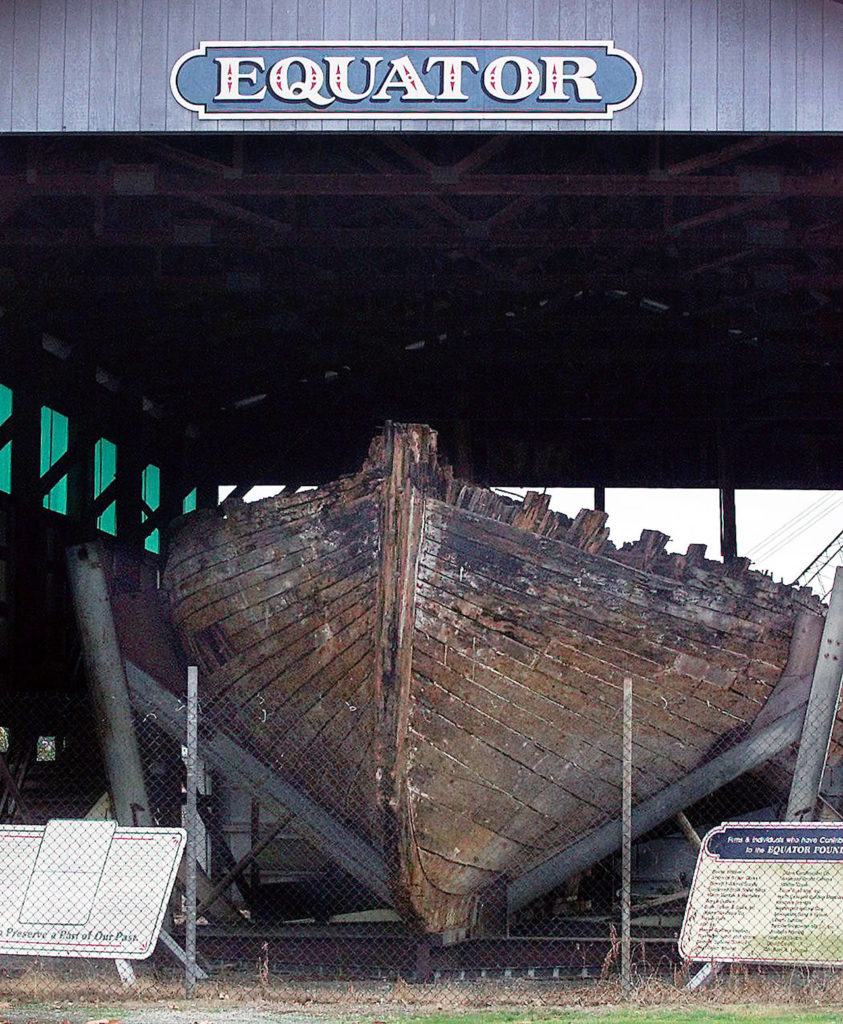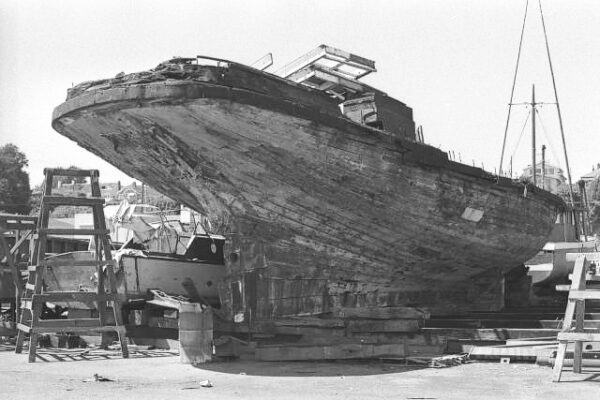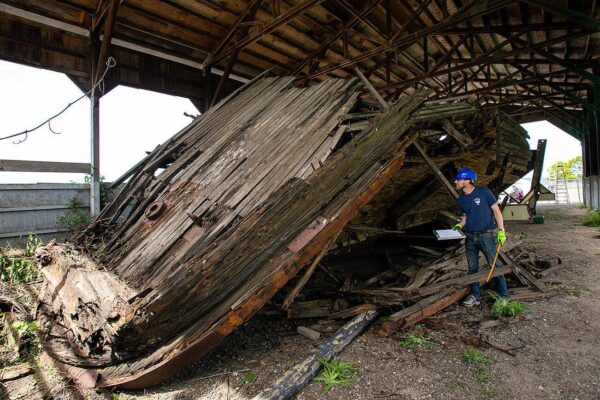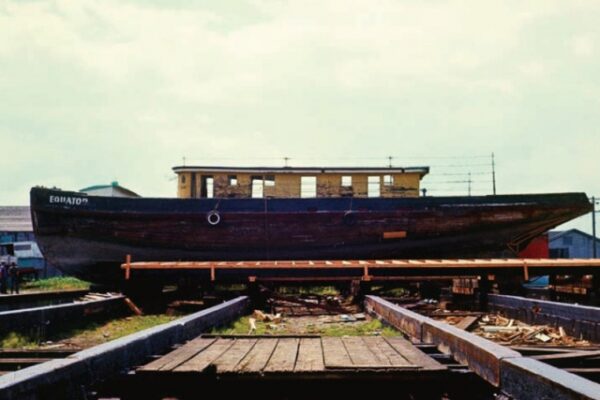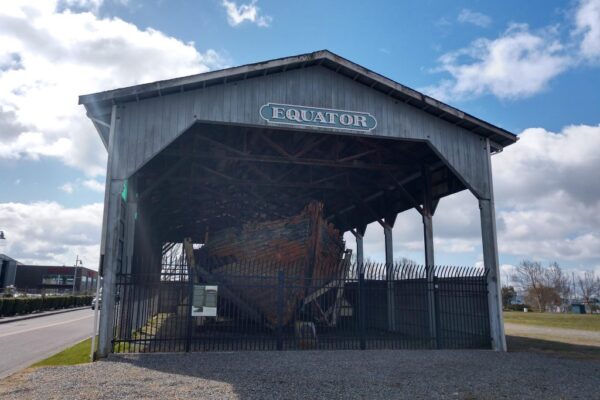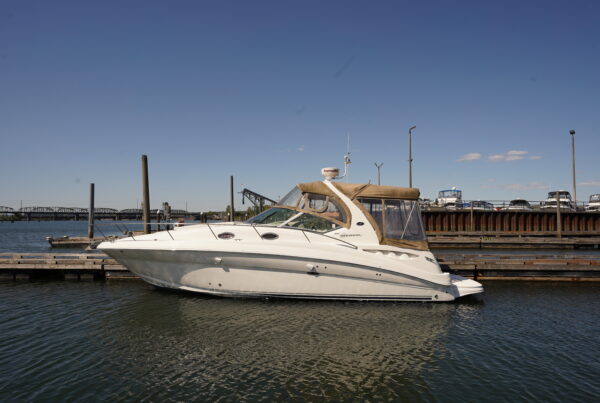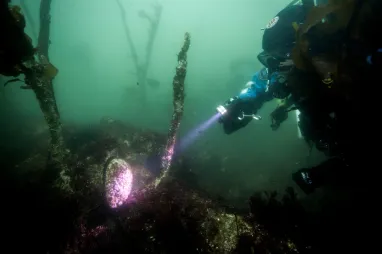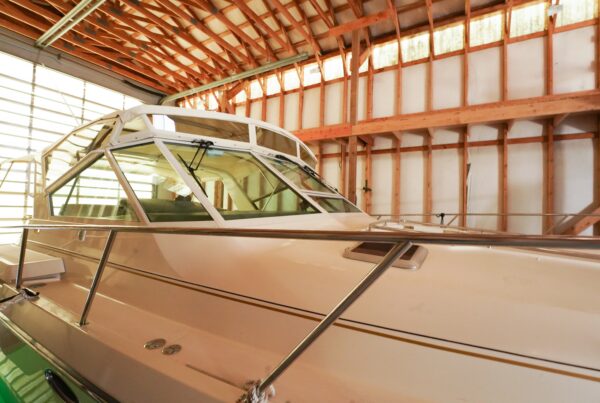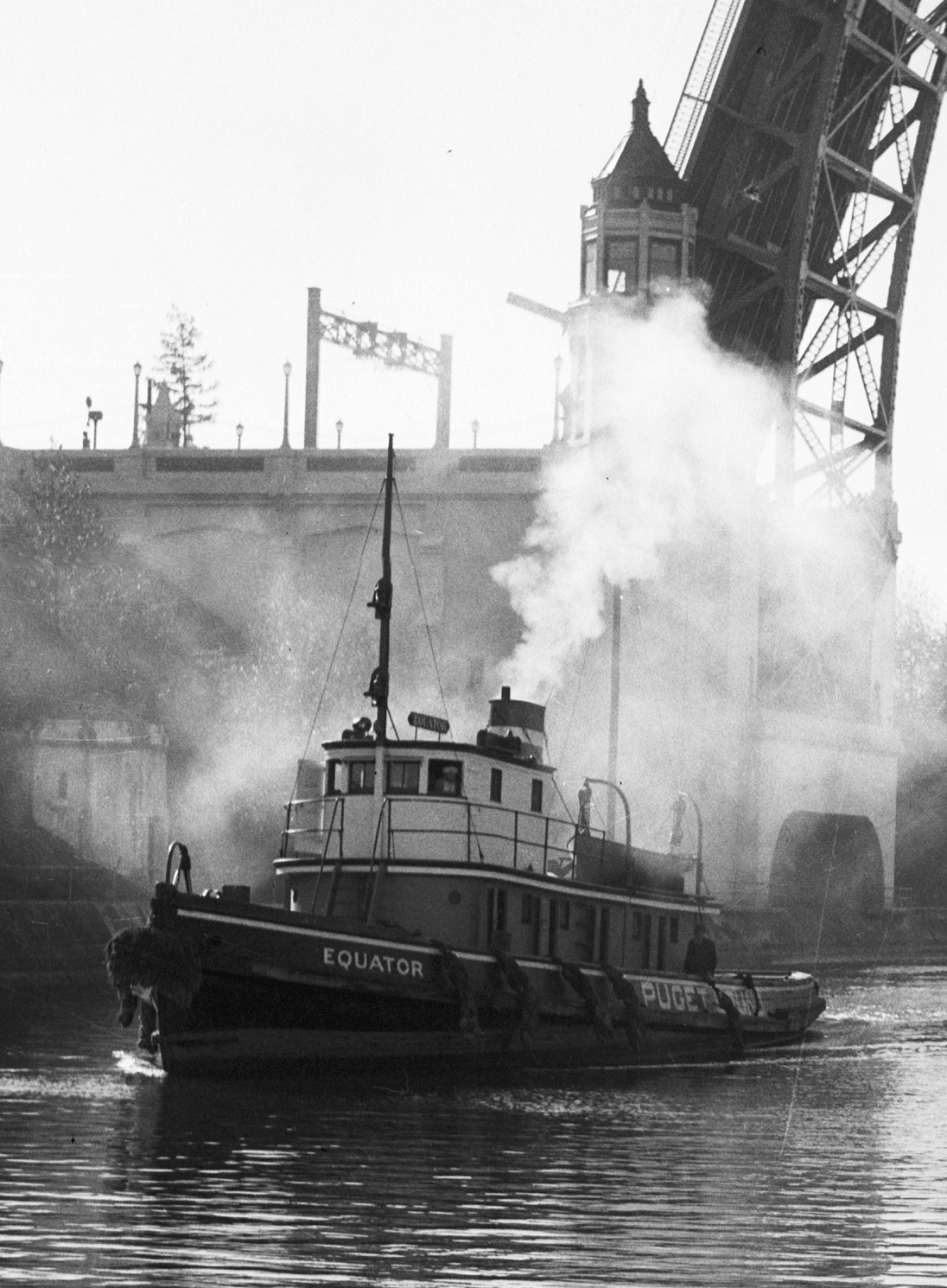
It Begins with an Adventure
Hello, I’m The Equator! I was built in 1888 by the shipwright, Matthew Turner, as a pygmy schooner. Matthew Turner was known as the “granddaddy” of big wooden shipbuilding while I was being pieced together. I was one of 133 two-masted schooners that Turner built in his lifetime.
I was originally designed to be a coconut trading ship in the South Pacific Ocean. In March 1889, a year after I was launched, a big tropical cyclone tore through the shores of Samoa. Destruction surrounded me; none of the American and German warships nor merchant ships was left undamaged. With some luck, and a strong crew, I was kept afloat and even sailed through the storm.
One fun fact is that after this storm, in 1889 Robert Louis Stevenson, the acclaimed author of Treasure Island and Dr. Jekyll and Mr. Hyde sailed with me from Honolulu to the Gilbert Islands. I’m proud to say that his trip with me led to the travelogue of In the South Seas!
We arrived at the Northern Gilberts on Butaritari July 13th 1889. Once we all settled in there were songs that were sung, tales told, tricks performed, and games played between the Stevenson party and Robert Maka, a Hawaiian Missionary.
It was a truly magical time. We paid a visit to the island of Little Makin and there were five days of singing and dancing to greet us all. It was incredible, decadent, and so very welcoming to everybody. I saw Robert Louis Stevenson contribute to the celebration with a magic lantern show. There were lights flying all around, dancing and glittering off my hull and topsides.
We explored many islands over our four month stay in the South Pacific. On October 25th we sailed to Samoa and then back to the Pacific Northwest.
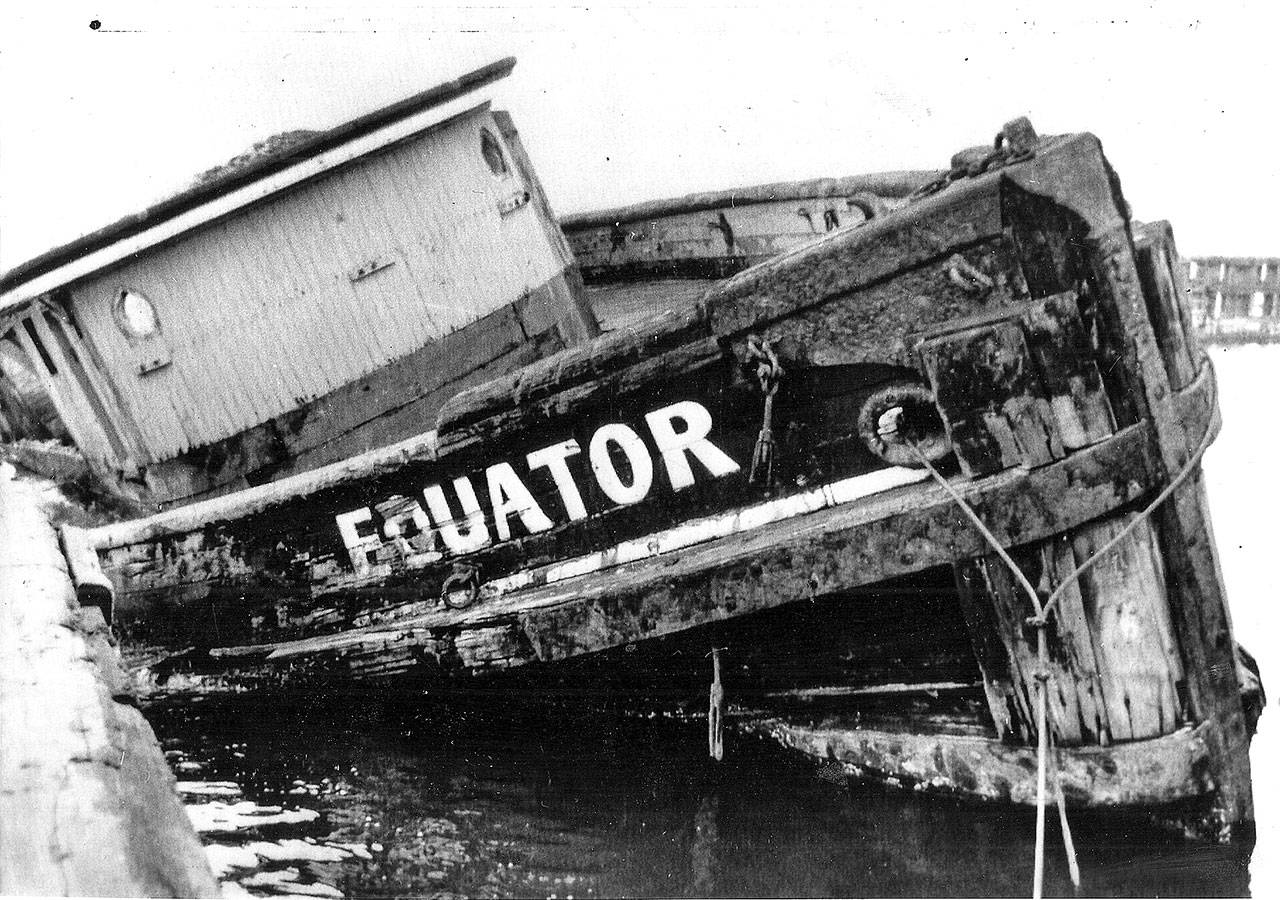
Finding a New Purpose
Steamships were coming of age in the 1890’s and sail was losing its muster. In keeping up with the times, I was equipped with a steam engine and worked as a support ship for salmon cannery operations and whaling. In all, I was put to work in Alaska for about two decades.
In 1915 I arrived in Seattle where I was purchased by the Cary-Davis Tug and Barge Company to be used as a Tugboat. While working with the Tug company I was selected to conduct coastal surveying in Alaska with the U.S. Coast and Geodetic Survey.
In 1923 while attempting to cross the Quillayute Bar just inside of La Push, Washington I was run aground. It was a terrifying incident; the bar was very narrow… 60 yards at the widest point, my captain and I were working hard to keep me straight and on track. Suddenly, I felt the scraping of my hull. I shuddered, and within a couple of seconds was at a full stop. I was grounded at a dangerous bar. In all honesty, I don’t remember how I got off the bar, but I was eventually safely moved. After the incident and subsequent renovation I was fully converted into a tug boat.
From 1923 until 1956 I made Seattle my home, happy to be running back and forth, staying afloat and working hard day in and day out. As time went on I grew tired, my engine needed continuous maintenance, my wooden seams needed filling, and planks replacing. Despite wanting to keep going, one day I found myself alone, in Everett, 20 miles north of Seattle. I was abandoned on the coast of Jetty Island. Looking around, there were decaying boats everywhere. I was scared of what was to come.
A Final Resting Place
As the days wore on I realized that this was a boat graveyard and I was to be forever abandoned. I found to be odd that the tide and waves would rush up and down me. That was until I realized all of us abandoned vessels were acting as an active breakwall for the harbor itself. I might be alone, left to decay, but at least I had one last job. And I did that job, dutifully, for 11 years. I brushed off the wind, waves, and tide allowing active boats to safely navigate the harbor and Snohomish River.
It was 1967 when a a man named Eldon Schalka decided I was worth saving. Eldon Schalka, an Everett dentist, and his Kiwanis Club helped move me ashore and clean all of the muck out of my seams, bilges, and hull. Let me tell you, the mud was EVERYWHERE.
By 1972 I was proud to be named on the National Register of Historical places!! This made me the city of Everett’s first historic place! I was important, and always had been; deemed by the good people of the Pacific Northwest.
I sat for the next eight years with people walking by, talking about how to restore me. My hopes would glimmer and dim over the years as there was never enough money for my full restoration. By 1980 I was only a hull, just my structure remaining, but remaining I was.
It was from 1980 until 2017 that I sat, listened, and watched as Everett moved around me. I was admired, but ultimately left to my own devices; sitting idly like a wintered tree. Some nights I would imagine what it was like to have my house and full body again. It was these nights that I would see dancing lights above my hull. They would wiggle and wave at me, filling me with distant memories of the South Pacific.
Others noticed my dancing lights too, and eventually psychics came to take readings. I remember hearing them say that the lights were the ghosts of Robert Louis Stevenson and his friend the Hawaiian King Kalakaua from our journey together in the 1890’s. I remember those time, they light me up when I think of them. It was the time of adventure, exploration, creativity, and unknowing friendships (which are the best kind).
As the years came and went, I could feel critters running through me, sometimes people too. I began to feel more wiggles on my stern, I could also feel more airflow.
By November 2017 my stern collapsed, revealing termites eating away at my planks.
It was at this time that there was a fight. You see, after Eldon Schlaka’s death in 1992, his foundation to help restore me was dissolved, so I had no real owner from 1992 until 2017. When my stern broke off it was the last straw, I was deemed dangerous.
The Port of Everett took possession of me and whispered that it would be okay, that nothing lasts forever, and that I had made it longer than the vast majority of wooden boats over the years. Next, they began to take me apart and brought in nautical archaeologists from Texas A&M to document my remains.
I was dismantled, piece by piece until you could no longer separate what was a boat and individual wood parts. Like all things in life I had lost my physicality, my body, but as long as my history is alive, so am I.
For more information on the history of The Equator:
https://www.liveineverett.com/blog//the-mystery-of-the-equator
https://preservewa.org/a-ghost-ship-in-maritime-washington-everetts-haunted-schooner-equator
For more information on all things boating, check out our other articles HERE!
